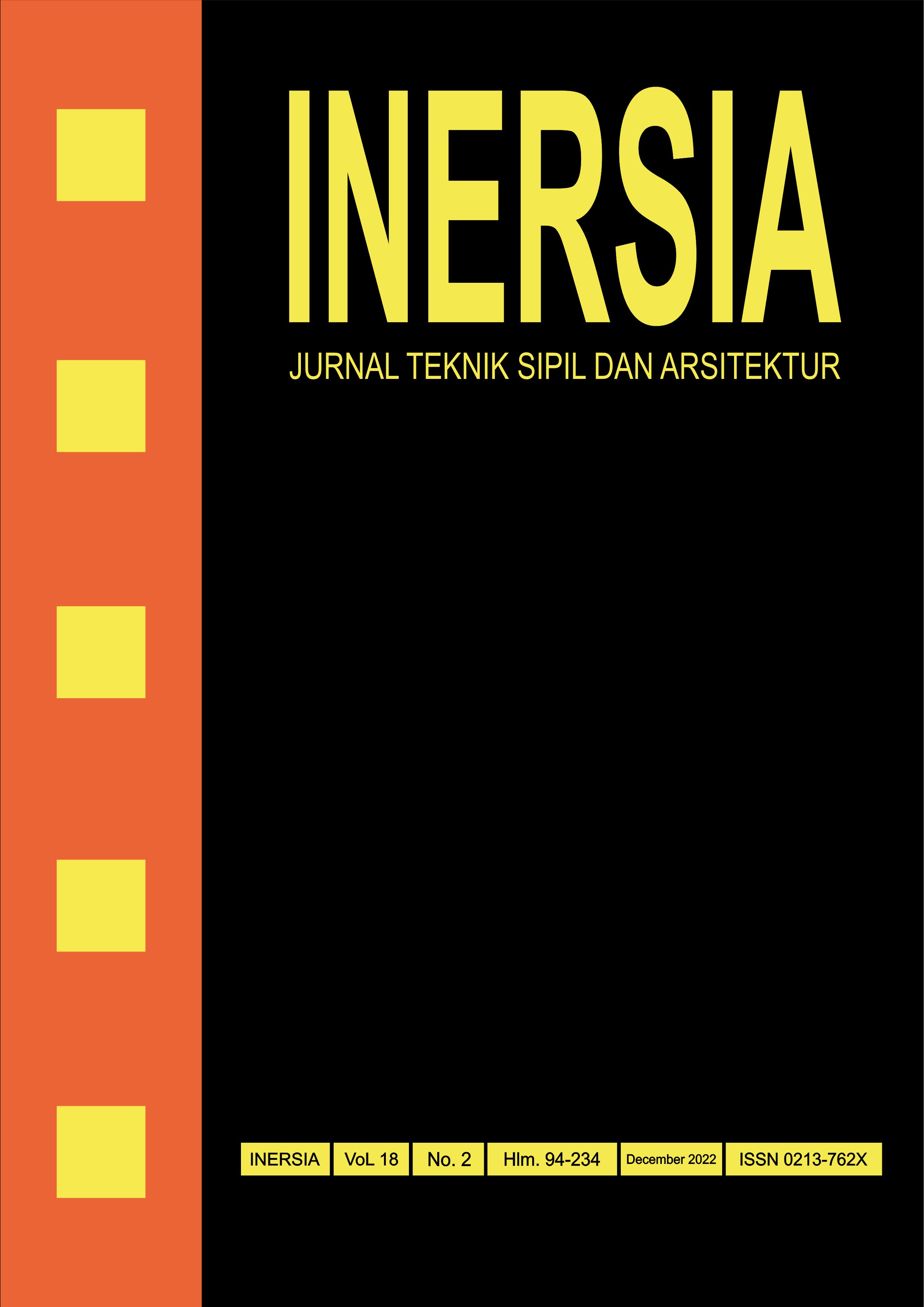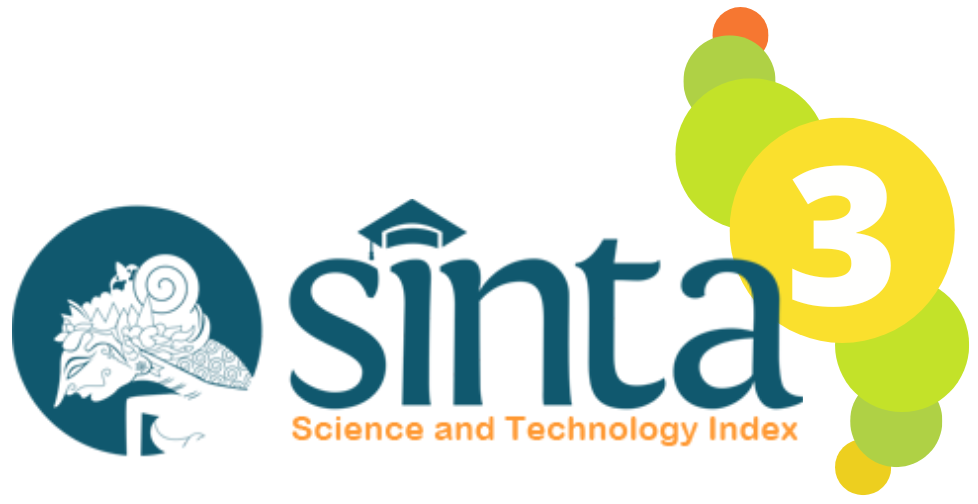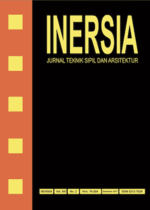The Effect of Mortar Mixture Variations on the Compressive Strength and Ultrasonic Pulse Velocity
DOI:
https://doi.org/10.21831/inersia.v18i2.55256Keywords:
cement mortar, compressive strength, ultrasonic pulse velocityAbstract
This paper examines the correlation between compressive strength, porosity, and ultrasonic wave propagation in mortar. The research was conducted at the Yogyakarta State University Building Materials Laboratory. The study used an experimental method, mortar was made with variations in the ratio of cement and fine aggregate 1:3, 1:4, 1:5, 1:6, and 1:7 with a phase of 0.48. The manufacture of test objects in the form of a cube measuring 5x5x5 cm refers to SNI 03-6825-2002. Tests were carried out at the age of 3, 7, 14, 21, and 28 days with three samples per test age. The data was processed by quantitative descriptive method to determine the relationship between the variables, especially the relationship between wave propagation speed and compressive strength, as well as its relationship with the porosity value. The results of compressive strength and wave propagation speed are directly proportional to the age of the test. With the results of the compressive strength at 1:3, 1:4, 1:5, 1:6, and 1:7 variants, respectively 31.12 MPa, 19.83 MPa, 12.25 MPa, 5.38 MPa, and 3.89 MPa and wave propagation speed of 3827.67 m/s, 3641.7 m/s, 3561.3 m/s, 2019,0 m/s, and 1691.0 m/s. Then the porosity values are 11.12%, 12.88%, 16.36%, 17.60%, and 22.06%. The compressive strength has a correlation that is directly proportional to the logarithmic speed of wave propagation, the higher the value of the compressive strength, the higher the UPV value, and inversely proportional to the porosity value as well as the speed of the wave propagation which is inversely proportional to the porosity value. The higher the porosity value, the lower the compressive strength value and the UPV value.
References
.
Downloads
Published
How to Cite
Issue
Section
License
Authors who publish with INERSIA journal agree to the following terms:
- Authors retain copyright and grant the INERSIA journal right of first publication with the work simultaneously licensed under Creative Commons Attribution License (CC BY 4.0) that allows others to share the work with an acknowledgment of the work's authorship and initial publication in this journal.
- Authors can enter into separate, additional contractual arrangements for the non-exclusive distribution of the published version of the work (e.g., post it to an institutional repository or edit it in a book), with an acknowledgment of its initial publication in this journal.
- Authors are permitted and encouraged to post their work online (e.g., in institutional repositories or on their website) before and during the submission process, as it can lead to productive exchanges, as well as earlier and greater citation of published work.

INERSIA by https://journal.uny.ac.id/index.php/inersia was distributed under a Creative Commons Attribution 4.0 International License











